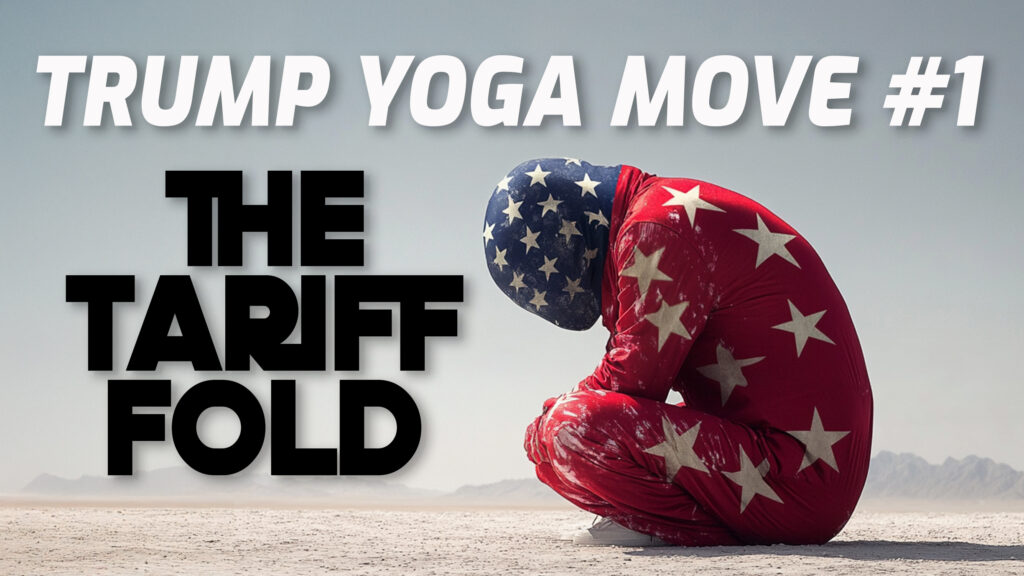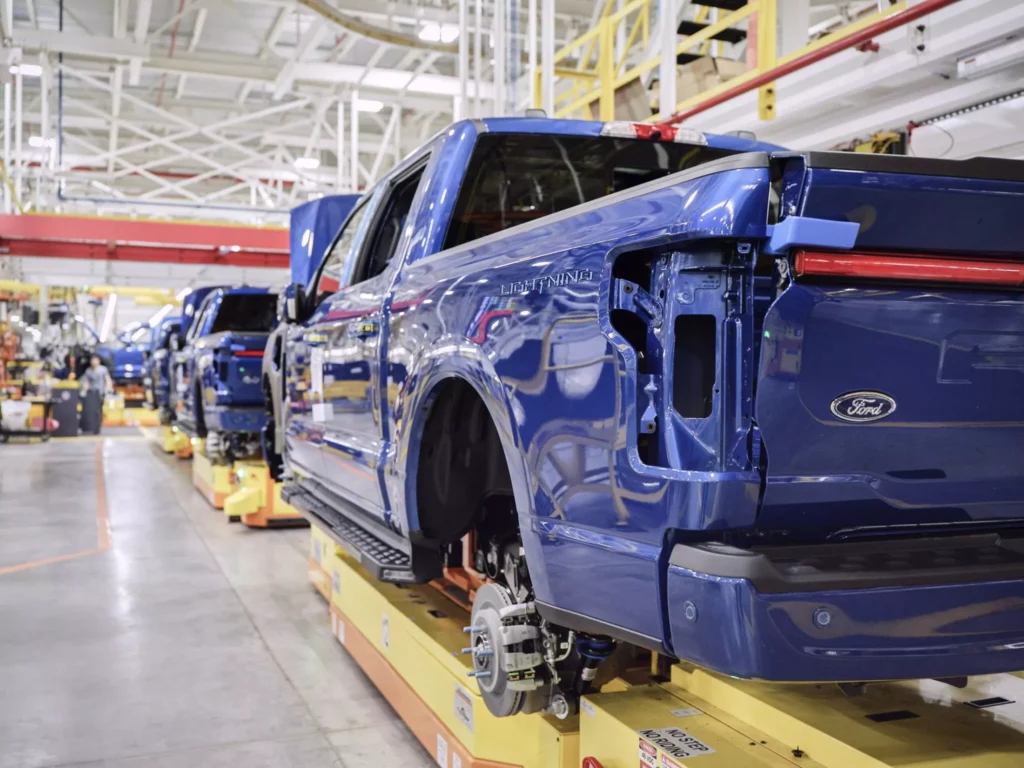Upcoming Tariff Changes?

The conversation around President Trump’s tariffs on Chinese imports has taken a new turn with an interesting twist for the auto industry. Currently swirling in the media is the potential for Chinese-made auto parts to be exempt from Trump’s steadfast tariff policies. Given that many North American automakers are entwined with components arriving from China, this news could be more than welcome.
Current Tariff Landscape

Auto parts imported from China face a multi-layered tariff structure. While the maximum tariff of up to 145% is not levied on these parts, they do attract a 25% duty in addition to a specific 20% tax. This tax was established as a countermeasure to various Chinese export policies, notably surrounding products like fentanyl.
It’s crucial to note that while one portion of these tariffs could potentially be lifted, the standard 25% tariff on auto parts from any non-U.S. country remains firm. The rationale behind potentially lifting some tariffs involves mitigating the strain on U.S. auto suppliers and manufacturers.
Industry Reactions

The auto industry has been vocal about its predicament, and there’s been considerable lobbying directed at the Trump administration to alleviate some of these pressures. The fear is tangible; a single supplier failure could trigger a domino effect, halting production lines and leading to layoffs.
More than 9.2% of all auto parts imported to the United States in 2023—amounting to a robust $18 billion—hailed from China. This figure is staggering compared to the 1.2% back in 1994, a testament to how significant the Chinese supply chain has become over the years.
Tech Industry Comparisons
Interestingly, Trump had earlier made exemptions for China-produced electronics like iPhones, largely due to pressure from major tech companies. While electronic consumers escaped steep price hikes, the question now is whether the auto industry will receive similar treatment.
Analysts suggest that building items like iPhones in the U.S. would escalate costs drastically, putting products out of typical consumer reach, possibly akin to the dilemmas facing automakers if raw materials costs remain high.
Canadian Imports at Risk
On a related note, tariffs applied to Canadian imports could see an increase from the existing 25%. Trump has aired intentions of discouraging Canadian-made vehicles from entering U.S. markets, suggesting a potential reevaluation of the current trade dynamics with Canada.
This scenario presents a complex landscape for automakers navigating both domestic policy and international supply lines. Understanding these tariff implications will be crucial for companies as they strategize future moves in these economically uncertain times.
As the situation unfolds, staying informed will be key, not only for industry insiders but also for consumers poised to see changes in vehicle prices. Whether rolling back tariffs or adjusting to higher costs, the auto industry remains on alert.
Corvette's 2026 Revamp
VW Tops Tesla in Europe
Cadillac's Electric Edge
Hellcat Power Unleashed
Honda Unveils GTs